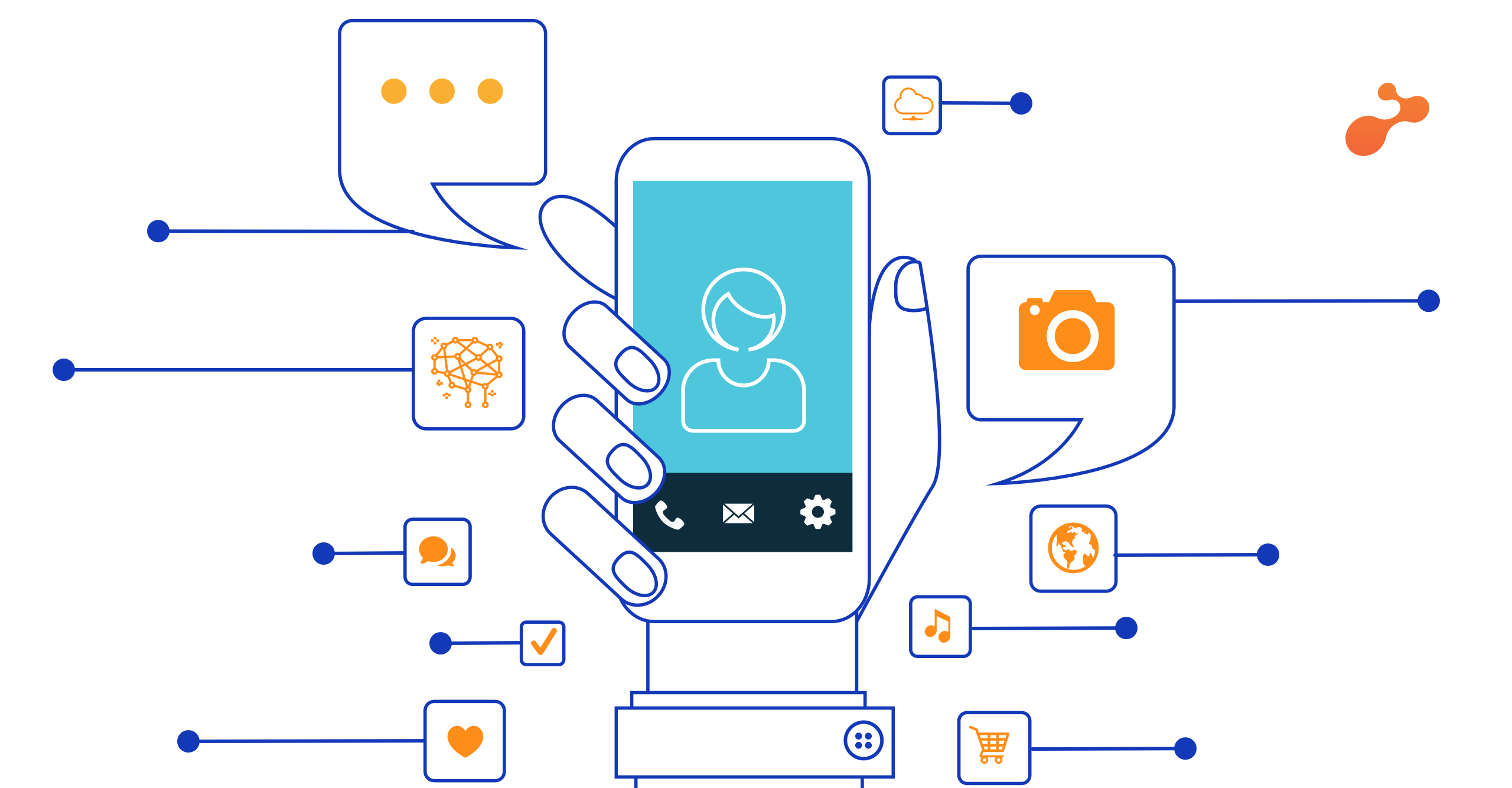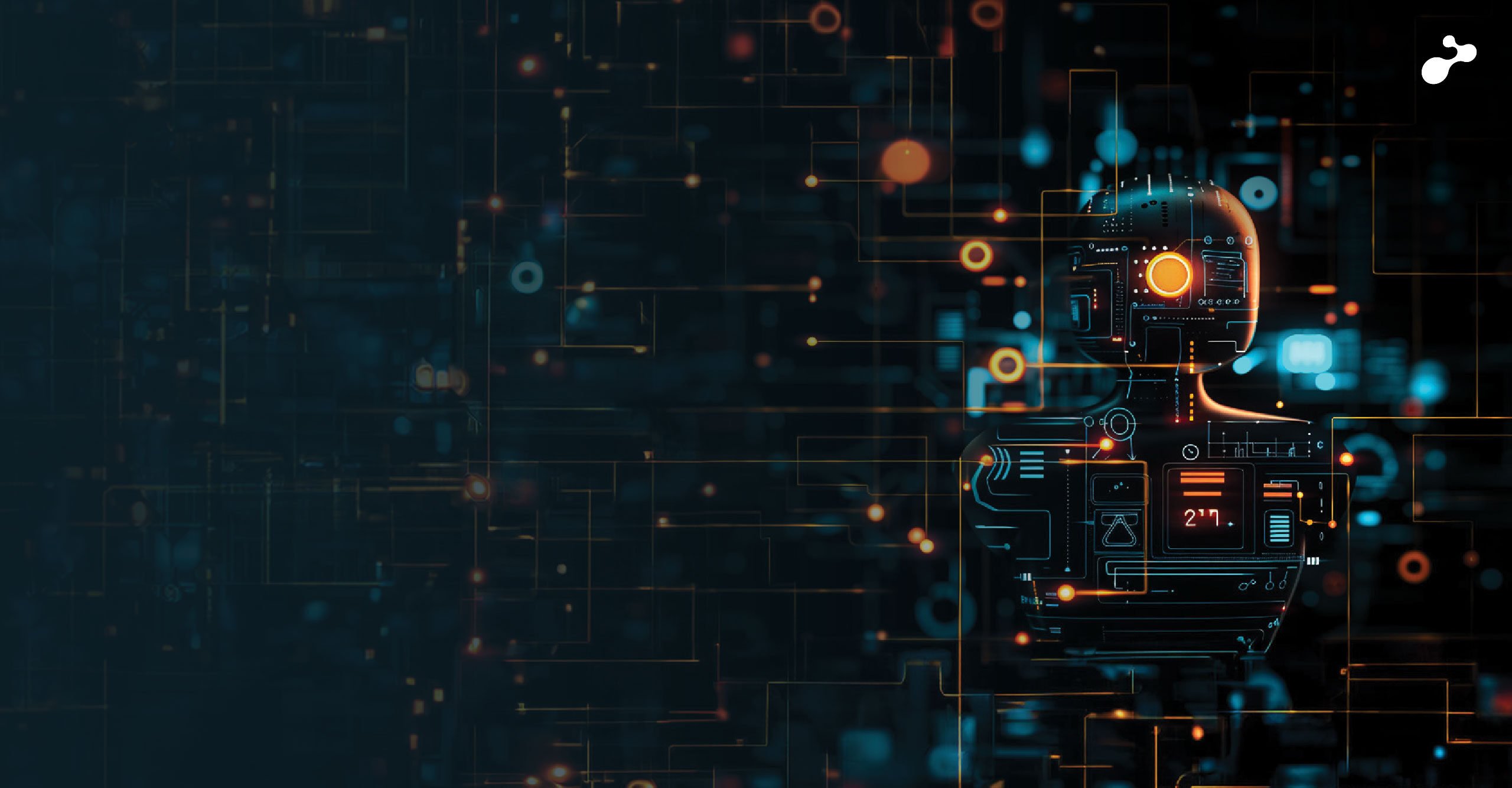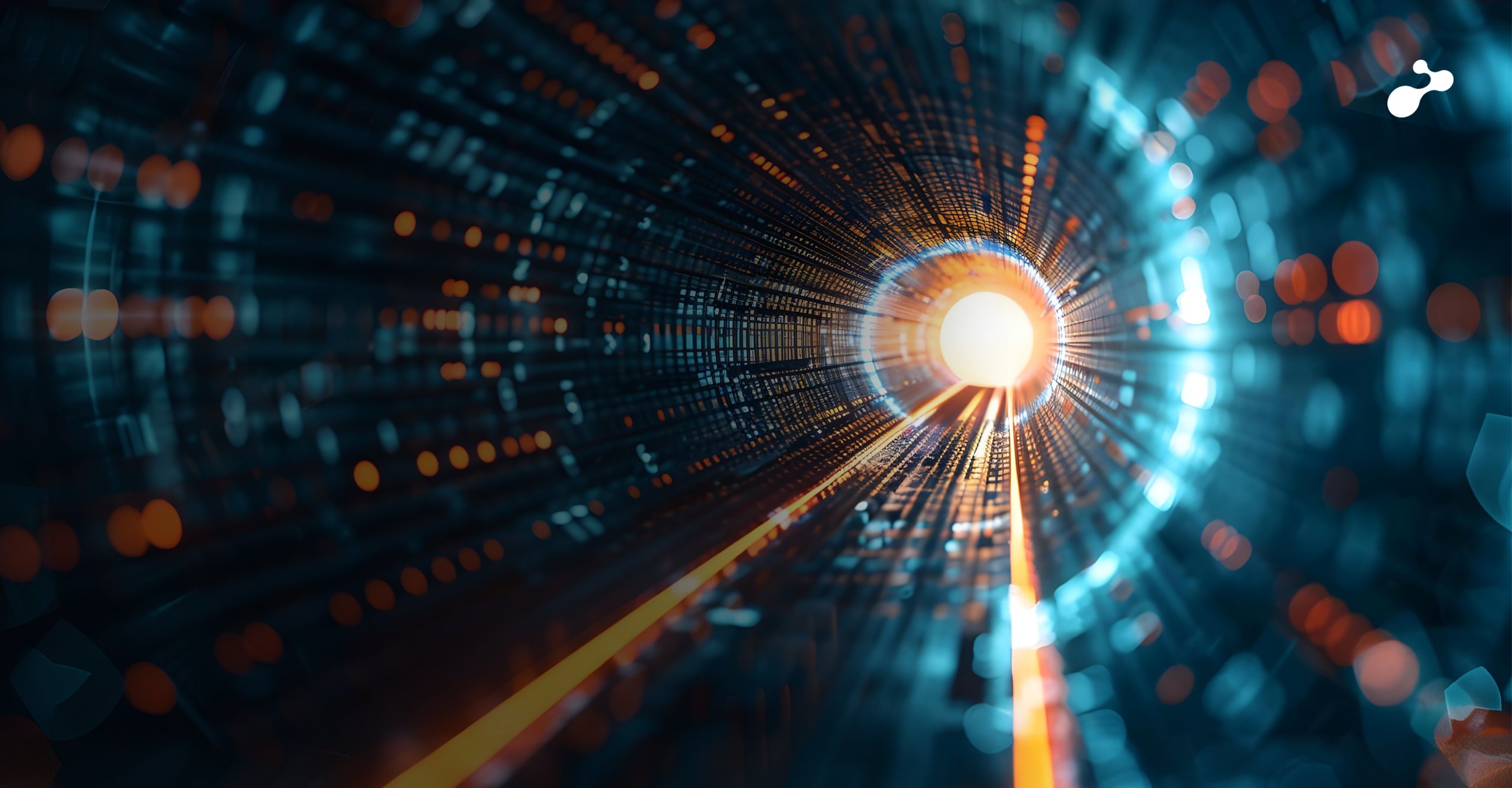Technology has evolved at an unimaginable pace in the last decade: what seemed futuristic and impossible until a few years ago is a reality today. Spurred on by the rise of emerging technologies, tools, processes and functionalities are becoming more intelligent and refined every day, and this cycle of innovation is only set to move faster. As I mentioned in my last blog, the very fabric of how humans interact with technology will transform in the coming years, and enterprises will have to reset expectations and strategies accordingly. Here is our view on the game-changing technology trends that will change the way we do business in the year to come, with inputs from the technology trends for 2020 published by Gartner and other industry-publications:
1. Hyperautomation
Hyper-automation, as the name goes, is elevated automation of everyday processes through the application of advanced technologies such as Artificial Intelligence (AI), Machine Learning and automation tools that go beyond the capabilities of traditional automation.
In the coming years, Hyperautomation, a trend that began with RPA, will further build on the success of RPA and drive not only task-based automation but even more complex and longer processes. It will continuously employ newer tools and technologies to accelerate the automation of business processes.
2. Multi experience
As technology evolves, how users experience and interact with the digital world will transform too. User-centric applications are harnessing and integrating the power of emerging technologies such as Virtual Reality (VR), Augmented Reality (AR) and Mixed Reality (MR) for better engagement and personalization in the user experience. Organizations will drive not just the digital transformation of their processes, but the transformation that is experience-led, leading to richer and enhanced customer-centric experiences.
3. AI Security
Emerging technologies such as Artificial Intelligence (AI) and Machine Learning are bringing in new waves of innovation into business models and computing applications across the world. While this creates great opportunities for all sectors, the need for high-grade security at all levels of the system becomes more challenging and just as pervasive.
Security efforts will need to be focused on both protecting and securing AI-based systems as well as protecting the data that is being leveraged by these systems.
4. Democratization of Expertise
So far, access to technical expertise or business domain expertise has been exclusive to people equipped with the right skills and training. The democratization of expertise leverages emerging technologies and automation to enable people to access and use tools or knowledge without needing extensive training.
Gartner has outlined the following four aspects of democratization that they expect will accelerate in the 2020s:
- Democratization of data and analytics (tools targeting data scientists expanding to target the professional developer community)
- Democratization of development (AI tools to leverage in custom-developed applications)
- Democratization of design (expanding on the low-code, no-code phenomena with the automation of additional application development functions to empower the citizen-developer)
- Democratization of knowledge (non-IT professionals gaining access to tools and expert systems that empower them to exploit and apply specialized skills beyond their own expertise and training)
5.Human Augmentation
Human augmentation involves the use of technology to augment or enhance the cognitive or physical capabilities of humans and is increasingly being applied in various forms to improve the human experience. While most of the applications and use cases thus far have been focused in areas such as healthcare, for example, prosthetics and implants, in the coming years the application range will expand to allow us as humans to opt for a personalized and enhanced experience in everyday life. Some major examples in this respect include Google Glass and Neuralink.
6. Transparency and Traceability
The sheer volume of consumer data that is collected in day-to-day transactions is immense and will only grow in the years to come. With every enterprise striving to drive a customer experience that is both engaging and satisfactory, this data could be their ticket to realizing this. However, it has become just as imperative a challenge to protect and prevent the misuse of this data.
Transparency and traceability refer to the set of actions, practices, and tools that ensure transparency, security and ethical use of data and the applications that leverage this data.
Gartner mentions three areas that organizations must focus on to build out an efficient transparency and trust strategy:
- AI and ML
- Personal data privacy, ownership, and control
- Ethically aligned design
7. The Empowered Edge
Edge computing enables data computation and storage closer to the sources, repositories, and devices that gather or consume this data, instead of relying on a central location that could be located very far. This decentralized approach is gaining a lot of traction among enterprises due to its ability to tackle latency issues and enhance performance while reducing costs. The increasing use of IoT devices and the need for them to interact with non-IoT systems is driving the use of edge-computing systems, which will be further accelerated in the coming years as more advanced and complex computing resources come into the picture.
8. Distributed Cloud
Cloud Computing transformed the IT industry with the virtualization and on-demand availability of computer resources. Distributed Cloud takes it a notch higher with its decentralization and distribution of public cloud services to different locations for efficient and parallel computation of tasks. Distributed Cloud Computing brings the best of Distributed Computing and Cloud together and thus is gaining quite some traction in being adopted by enterprises.
9. Autonomous Things
Autonomous Things, abbreviated AuT are intelligent physical devices that leverage AI to work autonomously and perform tasks previously performed by humans, with little or no direct human intervention. A number of stand-alone robots can already be seen deployed in various applications, be it in the form of smart appliances for homes, or drones, or self-driving cars. As technology advances and greater precision is achieved, the next year will see the application of AuT proliferate and maybe even shift from a stand-alone stance to a more collaborative swarm-based approach.
10. Practical Blockchain
Blockchain brings with it some very crucial and essential advantages: transparency and authenticity, thus enabling efficient information and value exchange across systems. While it shows immense potential in a number of applications, its adoption might not be extensive in the near future, owing to a range of technical issues that might be faced in deployment. However, research and evaluation into effectively harnessing Blockchain will continue undisrupted.
11. Reskilling the Human Workforce
At the pace that technology is evolving, enterprises wanting to ride the wave of digital transformation will have to not only upgrade the resources and technologies they adopt, but also the human workforce that will be working with these resources. As more and more advancements are made, obsession periods for technologies will also get shorter, and the workforce will have to be retrained to successfully adopt the new technologies. This might not be too daunting a task considering the democratization of expertise as mentioned above, but an essential one nevertheless.
12. Personal Profiling
A number of businesses are increasingly harnessing the data that is being collected from everyday transactions and turning to personal profiling of their target customer base according to their interaction with technology, in order to engage them with content that is tailored to their personalities and preferences.
While this allows businesses to streamline and engage better with their consumers, these are dangerous waters that will have to be navigated carefully, that is, transparency, traceability, security, and ethics have to be adhered to.
On the whole, the year 2020 seems to be on the threshold of some amazing innovation and advancements in technology, with some great opportunities as well as challenges for enterprise leaders, and I’m very excited to see what the coming year and decade holds in store. I will be writing more about each trend in the newsletters to come.









